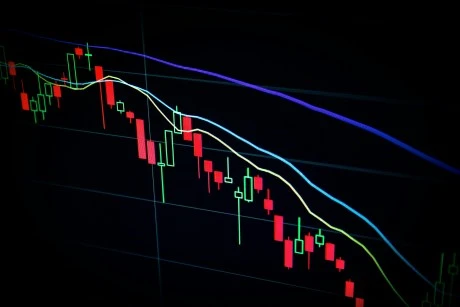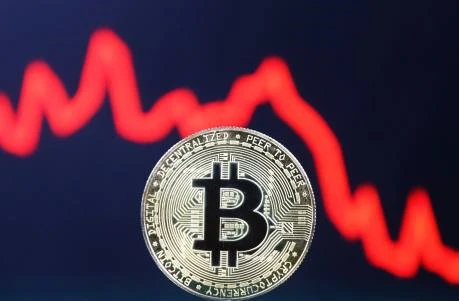Social Media Screams Sell As Bitcoin Crashes To $54,000: Buy Signal?
Data shows users on social media platforms have been calling to sell Bitcoin after its latest crash, a signal that contrarian traders may be waiting for. Bitcoin Sentiment On Social Media Has Turned Quite Bearish According to data from the analytics firm Santiment, social media is showing historic levels of FUD amid the market drawdown. The indicator of interest here is the “Social Volume,” which basically tells us about the degree of discussion around a given topic or term that users on the major social media platforms are currently participating in. This metric works by going through posts/threads/messages on these platforms to look for mentions of the keyword. The indicator then counts up the number of posts that contain at least one such mention. Related Reading: Bitcoin Traders Sink Into Fear As Price Crashes Below $58,000 The reason the Social Volume doesn’t simply count up the mentions themselves is that mentions alone don’t contain any information about if the trend is being followed across social media as a whole. Sometimes, for example, mentions can be high for a topic, but most of them could be limited to niche circles (that is, inside a few posts). The Social Volume naturally wouldn’t spike in this case, but it would when users across the platforms are making posts about the term. Now, what the analytics firm has done here is that it has applied terms related to sentiment to Social Volume, to differentiate between discussions related to positive and negative sentiments. Here is the chart shared by Santiment that shows how the Social Volume for negative and positive sentiments has changed alongside the recent Bitcoin volatility: To discern the sentiment, the analytics firm has chosen terms such as buy, bottom, and bullish in the case of positive sentiment, and sell, top, and bearish for negative sentiment. From the graph, it’s visible that the Social Volume for the latter type of keywords has observed a huge spike alongside the plunge in the Bitcoin price. This would imply that a large amount of bearish posts have popped up on social media. The indicator has also spiked for terms pertaining to positive sentiment, but clearly, the scale has been lesser than the one for bearish terms. In fact, the latest ratio between sell and buy calls has actually been the largest observed in the year so far. Thus, it would appear that social media users as a whole are feeling FUD towards Bitcoin. This may actually be a positive development for the cryptocurrency, however, as its price has historically been more likely to move in the opposite direction to what the crowd expects. Related Reading: Why Did Bitcoin Plunge Under $58,000? On-Chain Data Says This As is apparent in the chart, buying calls had spiked on a few occasions following price plunges in the past month, but this optimism had only led to a continued decline for the asset. With the latest crash, sentiment appears to have finally flipped, with Bitcoin traders starting to give up. “For bold traders, this is a window that some may wish to be a true contrarian and buy into the crowd’s anger and frustration,” notes Santiment. BTC Price Bitcoin had briefly slipped under the $54,000 level during the plunge, but the asset appears to have bounced back to $55,400 since then. Featured image from Dall-E, Santiment.net, chart from TradingView.com























